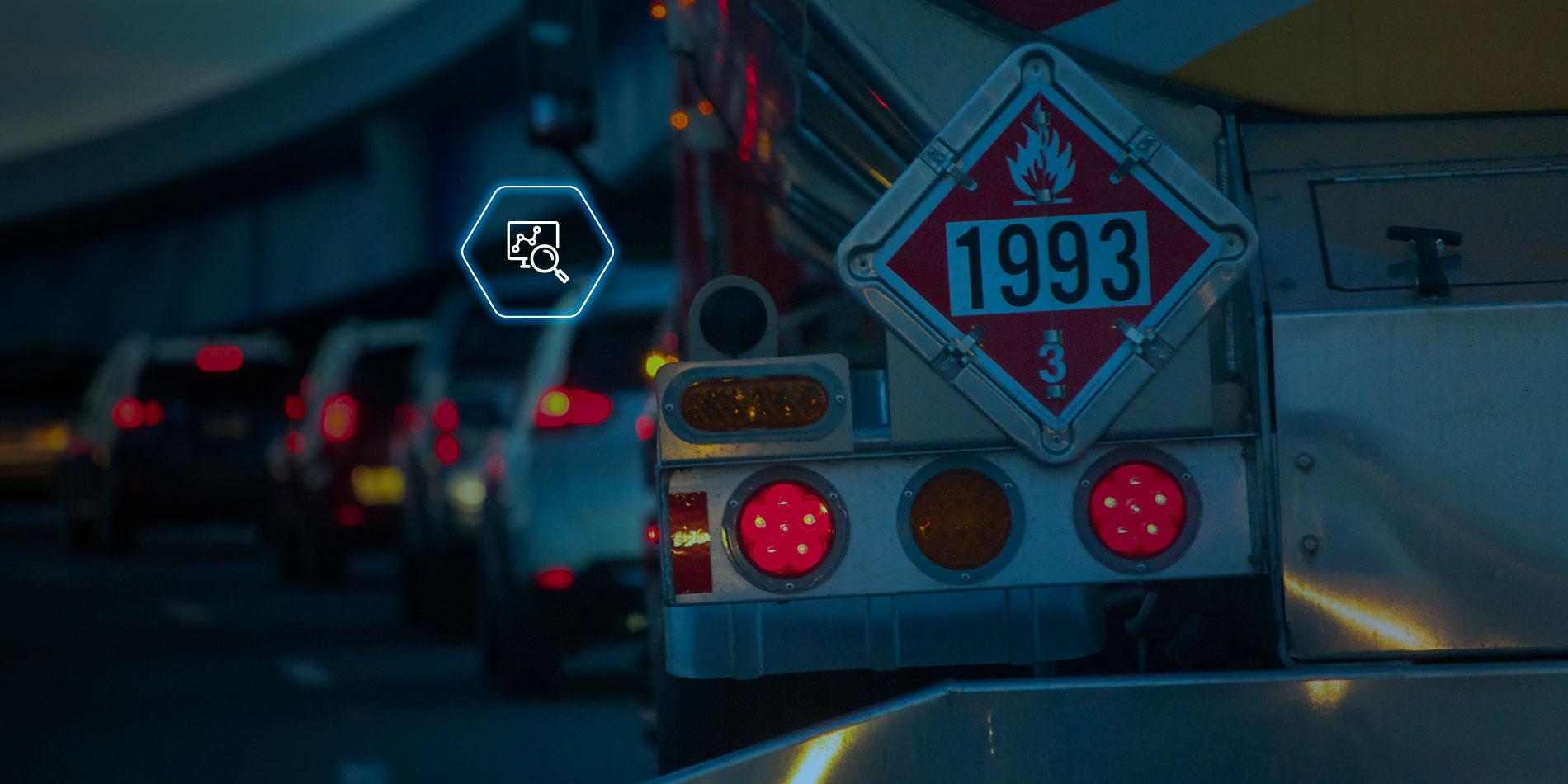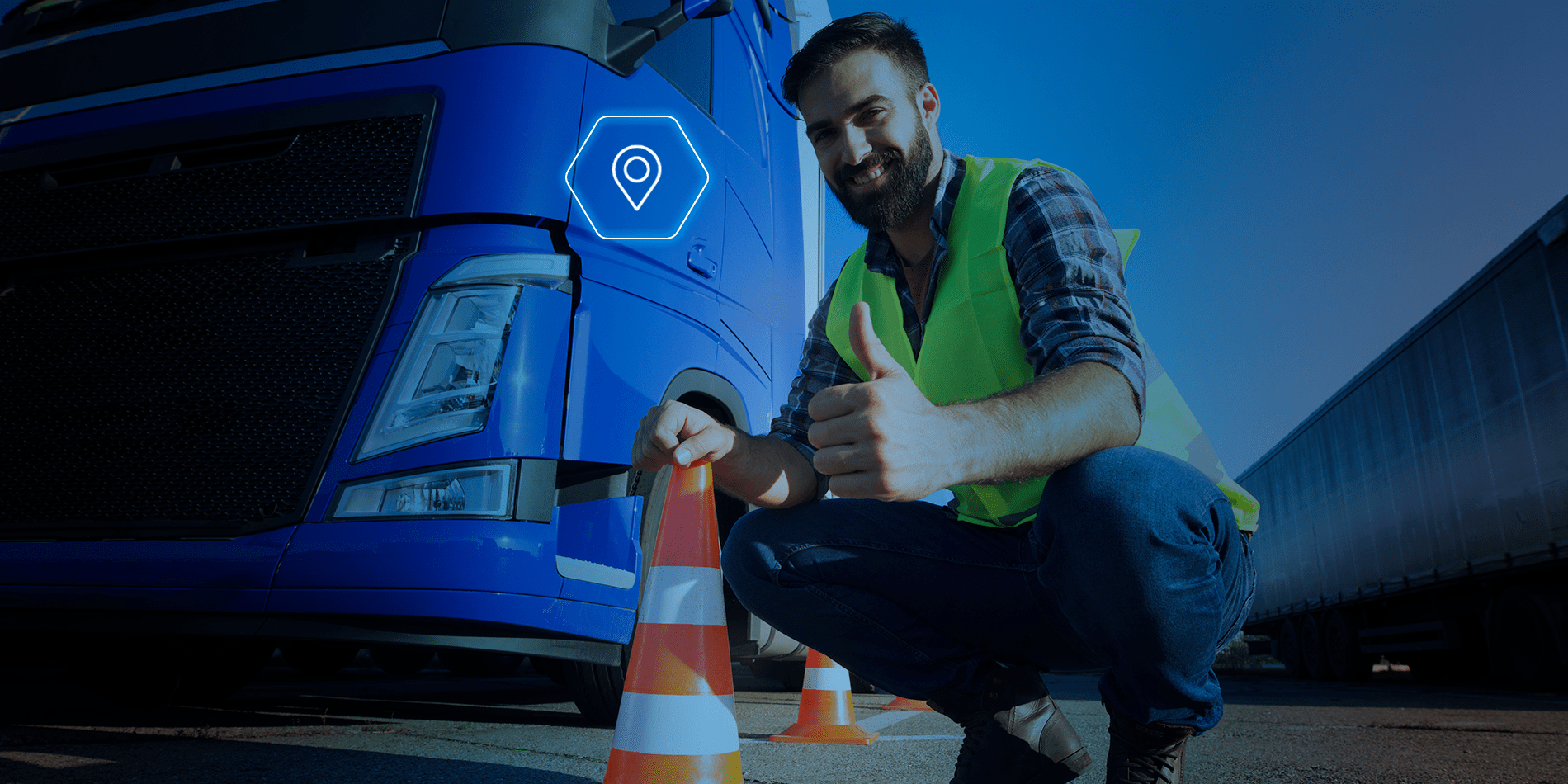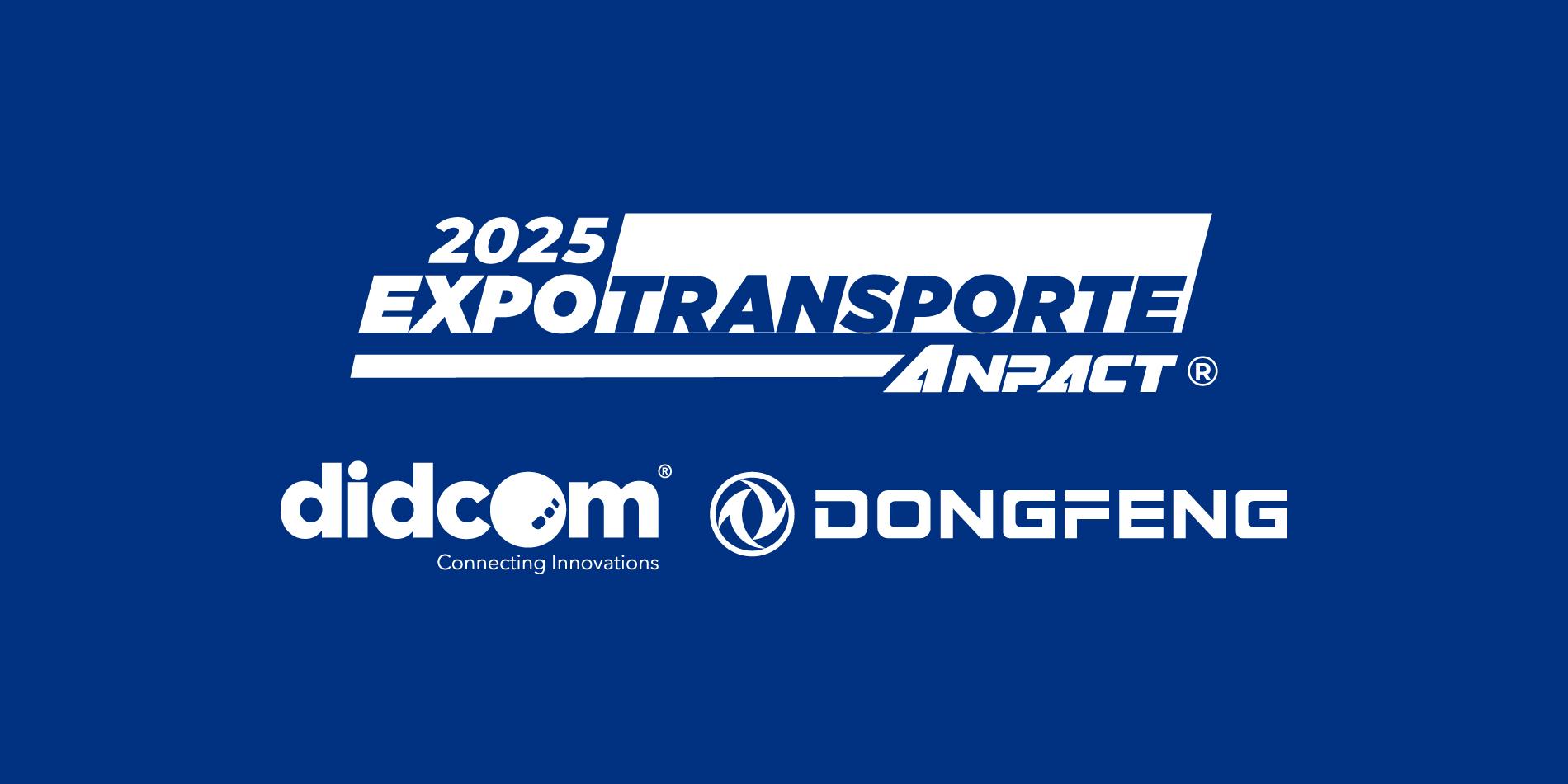Face Identification for Drivers with Face Masks

Authors. Jordan Urías & Iván Moreno
Facial Identification is the safest access technology, a solution for the drivers control and assignment, providing a high degree of reliability and hygiene in your fleet operation.
One of the most popular topics in the field of Artificial Intelligence is Facial Identification, with the aim of building programs that automatically identify who appears in front of a camera, in the same way that a human does.

In a bus it is very important to know who is the operator that drives the unit, so in Didcom® a valuable opportunity was detected to extend the capacities of the Fatigue Sensors installed in some units.
By identifying the operator’s face in front of the camera, we add an additional confidence level and ensure the operation is working as expected.
By not requiring physical contact, facial recognition provides a more hygienic method that reinforces prevention actions in the current pandemic situation, avoiding generating contagion risks in transport units.
In any software project that involves Machine Learning, there are always challenges that must be overcome to arrive at a product that has a true positive impact. The most important challenge in this project is face detection even when people wear masks.
Since the information to be processed are people photos, specialized equipment is required: a camera equipped with infrared sensors that have the ability to capture photos in low light conditions, which guarantees quality information for our purpose.

Once a photo is captured, it arrives on our servers and is sent to a facial recognition processing unit, allowing the operator to be easily identified at all times.
The Face Mask Problem
The fact of covering half of the face tends to cause the facial detection algorithms and the recognition task to fail, which is why it was necessary to define a more traditional solution route.

We consider it important to address the algorithm limitations and why commercially accessible tools may not work during pandemic times.
Convolutional Neural Networks
Convolutional Neural Networks is a Deep Learning algorithm that is designed to work with images, but these algorithms are only as effective as the information with which they are trained.
A neural network, just like a baby, could not differentiate between a man with a beard and one without a beard, if it has never seen someone with a beard. With this example we can better visualize the problems that face mask use implies for conventional tools.

The information with which the various web models services are trained do not contain people with face masks, so their algorithms do not detect the masks, therefore they cannot detect a face covered by one.
The solution to this challenge is to strengthen the algorithm, showing you what a face mask is, how it is used and above all, what a person looks like with and without it.
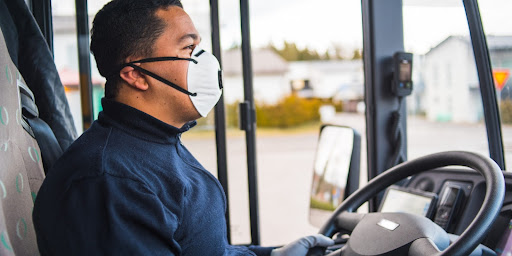
Training with Face Masks
If we want to detect faces covered with masks, we must show our algorithms the appropriate photographs. This task is simple, but time consuming, as photos of people wearing face masks are rare to find, in addition to the complexity added by curren global circumstances.
The solution we define is to use other Machine Learning tools that allow us to improve our images in two ways:
- Add dummy face masks
- Integrate rotation into results
The tools detect key facial positions such as eyebrows, nose bridge and mouth, andthen adjust the angle and position of a fictitious face mask.
Once we have the mask photos, we can start rotating them slightly to create a larger images set with a wider angles variety for the algorithm to analyze.
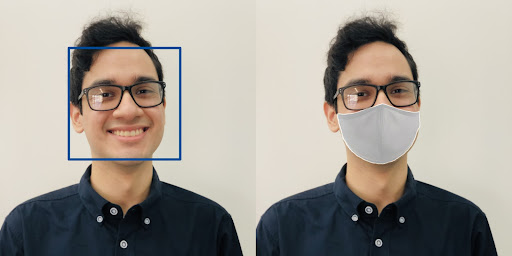
This is how we support the Neural Network so that it can identify faces correctly, even when conditions are not perfect, such as low light situations.
Conclusion
The solutions that we integrate in Didcom® are the result of merging the potential of technology and our knowledge and experience. In order to overcome the new challenges of Covid-19 pandemic, Autotransport Companies require services that allow them to remain competitive, guaranteeing their personnel safety and their operation profitability.
About authors
Big Data team at Didcom®, in charge of researching and developing software to collect and analyze information to create data products that add value to our clients operations.

LCC. Jordan Urías / Data Science / Data Engineering

LCC. Iván Moreno / Data Science / Data Analyst


Últimos Blogs
Últimas Noticias
Temas de interés

